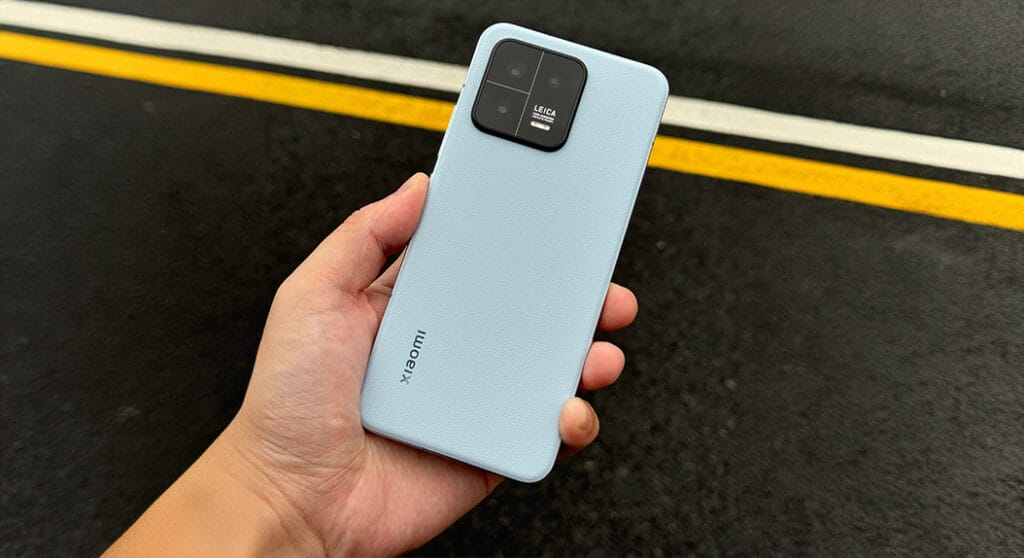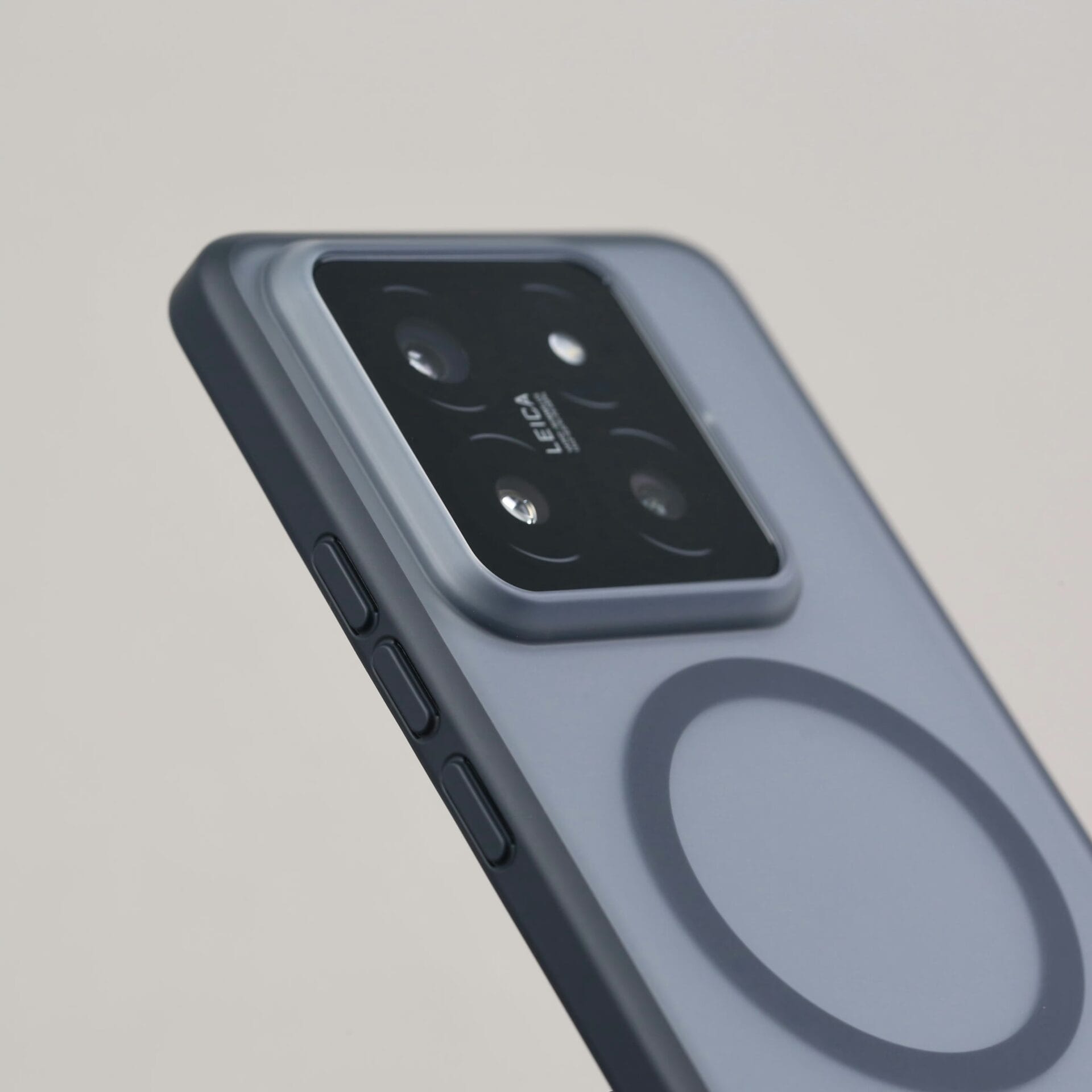The smartphone space is fiercely competitive, and innovation is rapid, with diverse consumer preferences. A marked tendency clearly visible in the last years is having larger screens in mainstream smartphone designs. Redmi, a sub-brand of Xiaomi, is a key player in the league, and its primary focus has always been medium-to-large display devices.
But why doesn’t Redmi enter the small-screen smartphone market? Let us delve into the reasons behind this strategic decision.
Trends in Market Demand
More giant screens are being driven by the advent of video streaming, mobile gaming, and social media. A larger display can offer a more comprehensive view, resulting in more clarity. Today’s users are undoubtedly more bothered about multimedia consumption and multitasking. Although there are a few hardcore supporters of small devices, market research shows that the demand for small displays is declining yearly. A bigger screen ranks first, followed by portability.
Feature-Rich Experience
As Deahl puts it, “Another important factor that influences the decision of Redmi—more humanly, in fact, of the person using it—has to do with the feature-rich experience associated with a bigger screen. With more real estate on the front, phones have space for the accommodation of larger batteries, in turn, providing more battery life, which is one of the essential features in great demand for smartphones in this ever-connected world.” Once again, space in the device makes more advanced camera modules possible, with many other features like multiple lenses being hard to accommodate on small-sized phones. With extensive requirements for high-performance components and cooling systems, much space is duly supported by a more significant device.
Economies of Scale
Anchoring on this, more minor degrees of screen sizes guarantee that Redmi rationalizes the production in terms of scale economics that must ensure cost reduction. Standardization of the sizes within the product portfolio ensures easier integration between the supply chain and logistics. This helps Redmi to competitively price its feature-richly endowed smartphones and maintain a solid presence in its middle-tier market play.
Global Competition and Positioning
The challenge that Redmi faces is that other manufacturers of smartphones are more aligned with making larger screen-sized devices. Concerning competitive advantage continually, Redmi is a brand for feature-rich and cost-effective smartphones, targeting the mid-tier of both developed and developing markets. At the same time, its mother company, Xiaomi, is also running the brands Mi and Poco, which cover different market zones with a wholesome product line. The strategic priority of using rather large screens for Redmi is coherent with its placement in the general brand portfolio of Xiaomi.
Technological Limitations
In today’s 5G era, the need for more internal components makes it increasingly difficult to have more with less space while resisting the act of leaving some features out. In addition, up-to-date UI/UX designs are optimized for larger screens, so falling back to smaller screens always makes the gripping functionality fall off. These technological limitations edge Redmi into demotivation from coming up with small-sized display devices.
Profit Margins
Finally, profit margins influence Redmi decisions. Generally, the larger the product, the more features are included in the portfolio and the smaller the screen, the cheaper they will be. This means that larger smartphones should have premium pricing and some advanced features that could ensure larger profit margins. Smaller-screen smartphones should target those buyers who are very conscious about their budget and hence offer lower profit margins.
Especially in the budget segment, features such as camera quality and battery life can play a great role in differentiating one particular product from another. Larger ones provide a better platform to incorporate these, so that Redmi could get the maximum out of it while giving reasonable value to consumers.
The decision not to produce smartphones with small screens by Redmi is strategic, keeping in mind the global market trends, technology, and consumers’ choice. But even though there exists a niche for compact devices, Redmi’s focus on larger screens will enable it to provide feature-rich smartphones at affordable prices and reach a much larger audience seeking a full-fledged multimedia and multitasking experience.


 Emir Bardakçı
Emir Bardakçı



